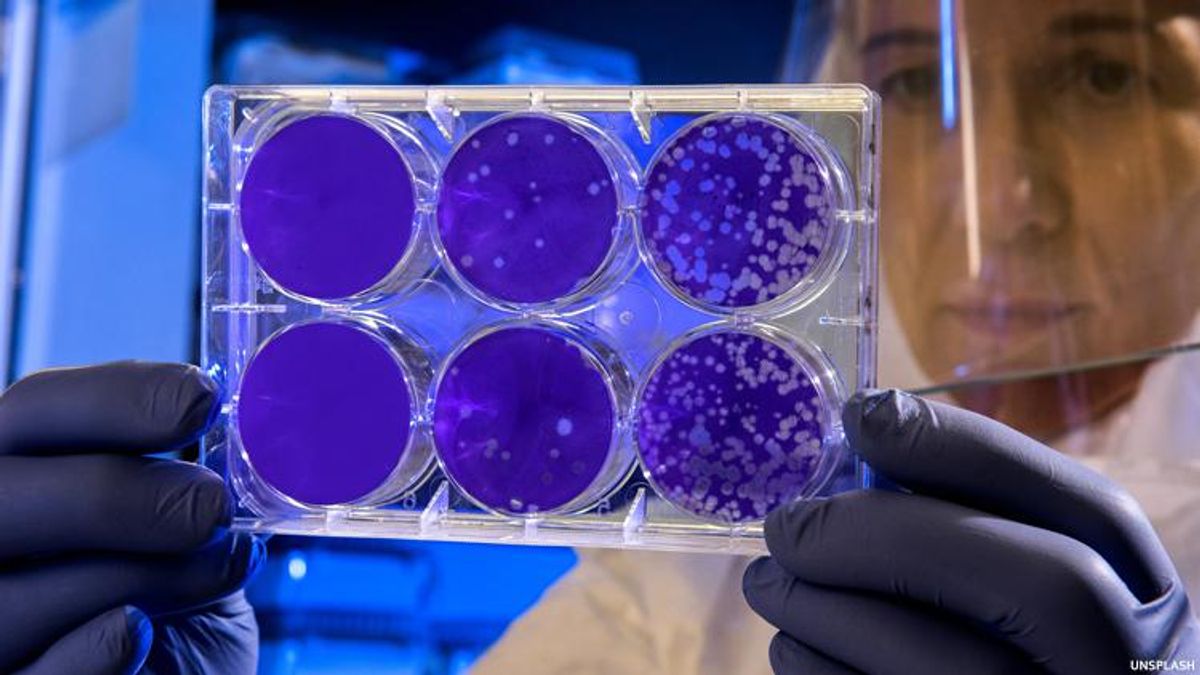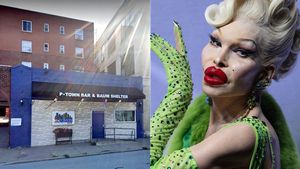Each year dozens of scientists, researchers, health care providers, educators, and other experts get together to share the latest science on HIV and other viruses at the Conference on Retroviruses and Opportunistic Infections (CROI). One of the biggest announcements to come from this year’s conference, CROI 2022, is that a woman being called “the New York patient” has been essentially cured of HIV. She is also the first known woman to be medically cured of HIV, according to report by NBC News.
This latest patient joins three men who have already seemed to have been cured of HIV. There have also been two known cases of women whose immune systems have apparently eradicated the virus on their own. Experts say the key to these medically-aided “cures,” however, is connected to stem cell transplants.
The first such case involved an American man living with HIV, Timothy Ray Brown, who was also being treated for acute myeloid leukemia (AML). Brown received a stem-cell transplant from a donor who had a rare genetic abnormality which provides a natural resistance to the immune cells that HIV typically attacks. Though the tactic used in Brown’s case (first made public in 2008) has since eradicated HIV in two others, it has also failed several times.
Basically, this therapeutic process is an attempt to “replace” an individual’s immune system while also treating their cancer. The first phase involves “destroying” the original immune system with chemotherapy and sometimes irradiation — with the hope that ultimately this also destroys as many immune cells as possible that still quietly harbor HIV (which exist even when on effective antiretroviral treatment). Essentially, if the patient’s system properly accepts the stem cell transplant, then the new viral copies of HIV that could emerge will be unable to infect any other immune cells.
The reason the medical field is not really pushing this method as a conventional cure for HIV is simple: it’s very dangerous. Experts stress that it is simply unethical to attempt to cure HIV cure through a stem cell transplant — which is a toxic and sometimes fatal procedure — in patients who are not suffering from a potentially fatal cancer or other condition that would make them a candidate for such risky treatment.
The extraordinary new case of the New York patient was described by Dr. Yvonne J. Bryson, a pediatric infectious disease specialist at UCLA’s David Geffen School of Medicine, this morning during a virtual CROI presentation. Bryson and Dr. Deborah Persaud were part of the main research team on the case, as well as Dr. Jingmei Hsu and Dr. Koen van Besien from Weill Cornell’s stem cell transplant program, and infectious disease specialist Dr. Marshall Glesby. Bryson stresses that even in a rare case like this, we should refrain from jumping to conclusions that this is a potential cure for others living with HIV.
“You don’t want to over-call it,” said Bryson, adding that she preferred to say the New York patient is in “remission” but not yet considered “cured.” It's a reality that her teammate Dr. Persuad has had to face in previous research in this area.
Persaud was the author of a case study that was presented in 2013 on a child in Mississippi who was, at the time, was considered “functionally cured” of HIV. The child had apparently contracted HIV in utero and was treated with an atypically intensified antiretroviral regimen soon after birth. After no viral rebound occurred for 10 months, the case was announced to the public and news spread fast. However, HIV did end up rebounding in the child after 27 months.
Shortly after the CROI announcement was made this morning, the White House's chief medical advisor, Dr. Anthony Fauci, responded to the news in an interview.
“This is not applicable to the otherwise non-diseased, outside of HIV, person," Fauci said on the web series Conversations on Health Care. “This person happen to have an underlying disease which required a stem cell transplant, so I don't want people to think now this is something that can be applied to the 36 million who are living with HIV. This is much more of proof of a concept that one can actually get the virus out [of the body] and be repressed for a long period of time. It is not practical to think that this is something that's going to be widely available."
Still, lead researcher Bryson says she's “excited that it’s turned out so well” for the New York patient, who is now “enjoying her life” and remains “asymptomatic and healthy.”
Despite the fact that this stem cell method is not currently an option for most people living with HIV today, Bryson adds that ultimately the new data provides “more hope and more options for the future.”












































































